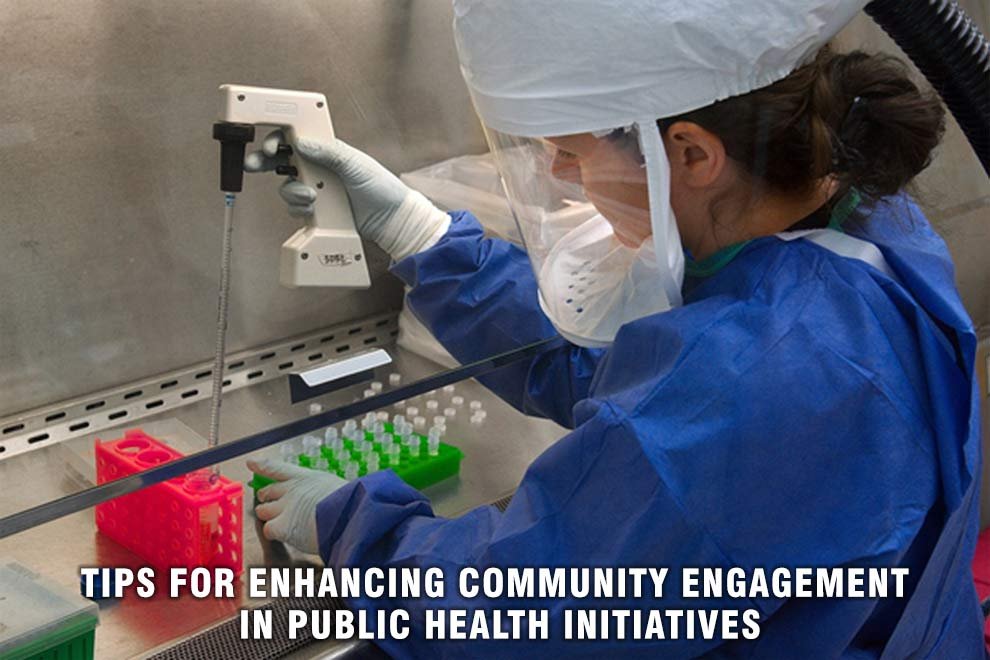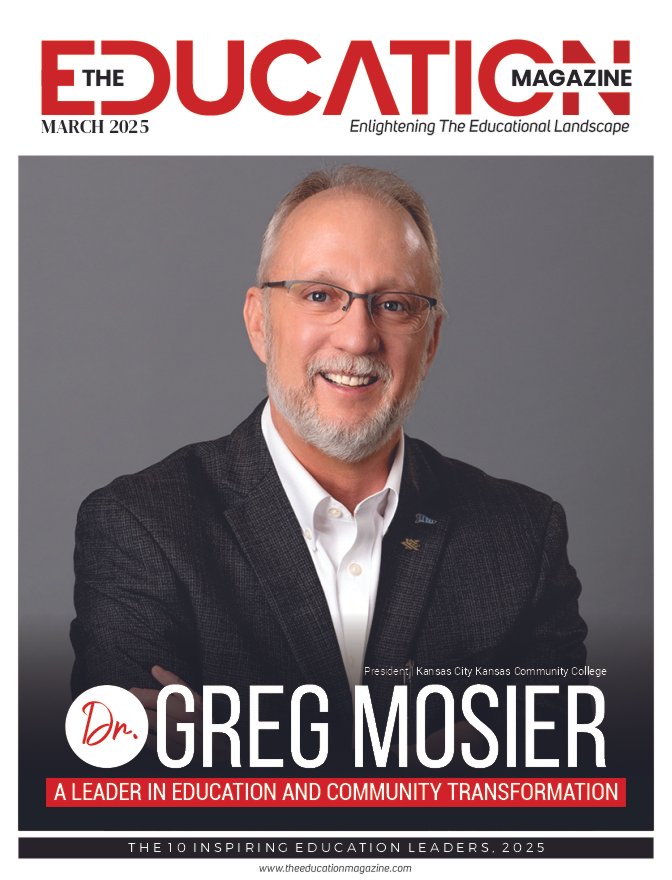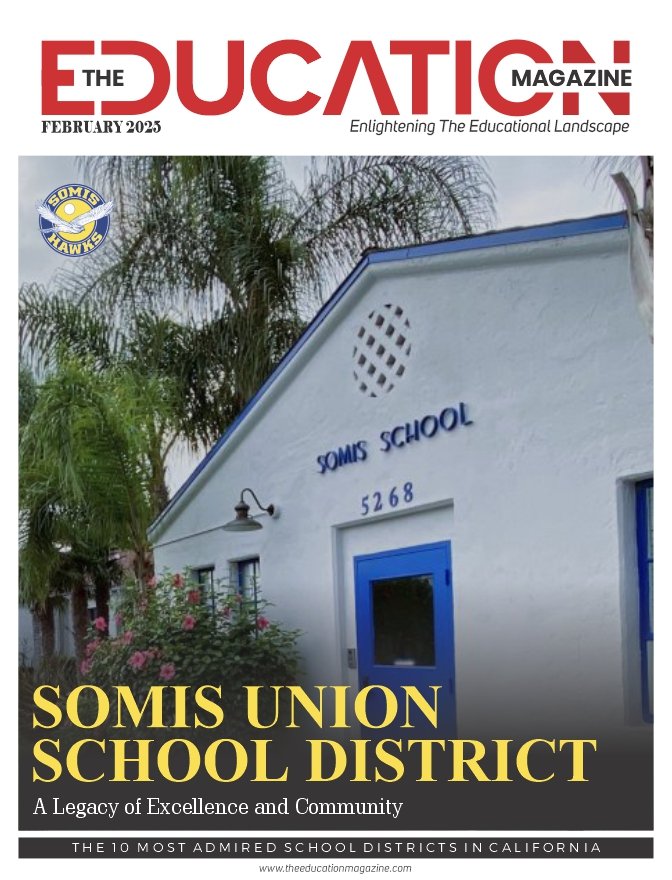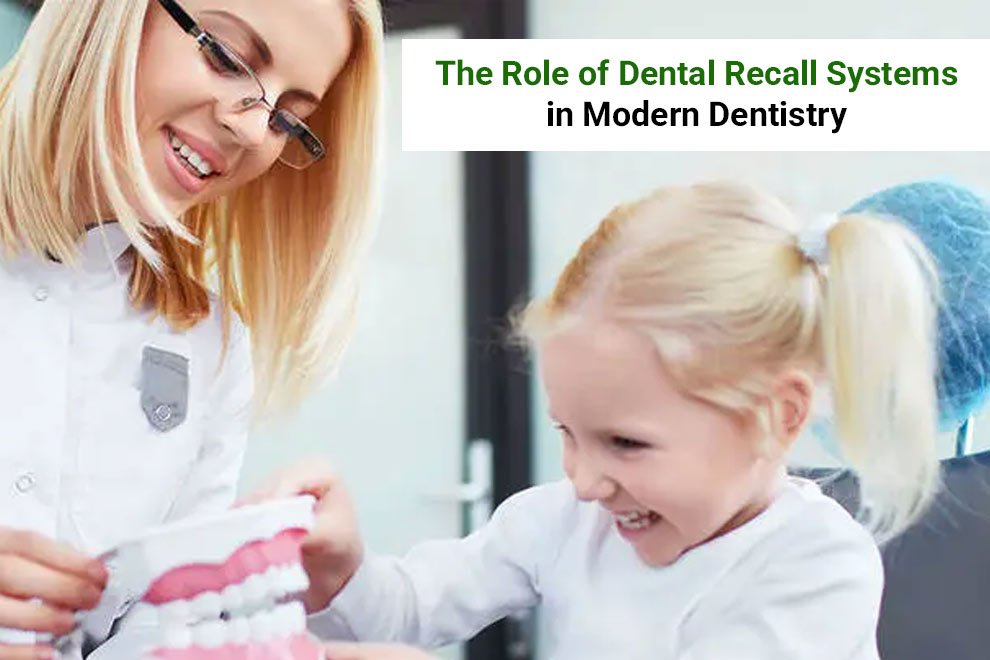Public health is all about communities—understanding them, supporting them, and helping them thrive. But how do we ensure that our public health initiatives truly resonate with the people they’re meant to serve? The answer lies in community engagement. It’s the bridge that connects public health experts with the individuals and families whose lives they aim to improve.
Imagine a scenario where community members don’t just receive health services but are active participants in shaping those services. This is the essence of effective community engagement.
But let’s be honest: engaging in a community is easier said than done. It’s like hosting a dinner party where guests come from diverse backgrounds. You want everyone to feel welcome, valued, and heard. This requires a blend of listening, adapting, and, most importantly, genuine caring. In the next sections, we’ll explore some practical tips to enhance community engagement in public health initiatives.
These tips aren’t just theoretical concepts; they’re actionable strategies that can transform the way we approach public health, making it more inclusive, responsive, and impactful.
So, let’s dive in and discover how we can make a real difference in the communities we serve.
Leverage Your Education
In public health, having a good education is one of your best toolsTop of Form
. For those pursuing or considering an online masters in public health, it’s crucial to recognize that this isn’t just about earning a degree—it’s about equipping yourself with the tools and knowledge to make a tangible difference in communities. When you learn about epidemiology, health communication, or policy, you’re gaining insights that can transform public health initiatives from good to great. Apply what you learn online to understand the nuances of community engagement, identifying the strategies that resonate most with different populations. This bridge between education and application is where real-world impact begins.
Understand the Community
Engagement starts with understanding. Dive deep into the demographics, beliefs, values, and needs of the community you wish to serve. This isn’t just about analyzing data; it’s about immersing yourself in the community’s world. Attend local events, engage in conversations, and listen more than you speak. Surveys and town hall meetings can be invaluable, but so are the informal chats at a local café or park. Each interaction is a thread in the larger tapestry of the community, providing insights that can guide your public health initiatives to be more resonant and effective.
Build Trust and Credibility
Trust is the foundation of effective community engagement. Without it, even the most well-intentioned initiatives can falter. Building trust requires consistency, transparency, and time. Be present not just during the launch of a program but in the day-to-day lives of community members. Show that you’re committed to their well-being beyond the confines of your project. Acknowledge and address concerns promptly and transparently. When the community sees that you’re not just a fleeting presence but a dedicated ally, engagement naturally deepens.
Collaborate with Local Leaders
Local leaders hold the keys to their communities. They’ve earned trust and respect through years, if not decades, of service and commitment. Collaborating with these leaders can amplify your efforts, providing insights and access that might otherwise take years to develop. Whether it’s a respected teacher, a beloved religious leader, or a dedicated community activist, these individuals can help tailor your message and approach, ensuring that your public health initiatives are received not as external impositions but as collaborative efforts for the common good.
Utilize Social Media Strategically
In today’s digital age, social media is a powerful tool for community engagement. But it’s not just about broadcasting messages; it’s about fostering interaction. Use these platforms to inform, educate, and engage. Create content that invites comments, questions, and shares. Use live features to host Q&A sessions, share behind-the-scenes looks at public health initiatives, or celebrate community successes. Remember, social media is a two-way street. It’s as much about listening to and understanding the community as it is about sharing your message. By strategically leveraging these platforms, you can create a dynamic, engaged online community that complements and enhances your on-the-ground efforts.
Foster Two-way Communication
Effective community engagement is not just about conveying your message but also about listening. Creating avenues for two-way communication allows community members to voice their concerns, provide feedback, and feel heard. Consider setting up forums, community meetings, or even digital platforms where feedback can be shared. This open line of communication can unveil invaluable insights about the community’s perceptions, needs, and suggestions, enabling you to tailor your initiatives for greater impact. Remember, the goal is to create a dialogue, not a monologue, fostering a sense of ownership and partnership within the community.
Offer Education and Training
Knowledge is power, and by providing education and training to community members, you empower them to make informed decisions about their health. Organize workshops, seminars, or even online webinars to educate the community on various public health topics. Tailor the content to address the specific needs and concerns of the community. This not only builds trust but also equips the community with the tools they need to improve their health outcomes. Moreover, education fosters a sense of empowerment, encouraging community members to take an active role in their health and the health of their neighbors.
Conclusion
Enhancing community engagement in public health initiatives is a multifaceted endeavor that requires a strategic and empathetic approach. By fostering two-way communication, offering education, celebrating diversity, monitoring progress, and sharing success stories, public health professionals can build meaningful relationships with the communities they serve. These relationships are the bedrock of effective public health initiatives, ensuring that efforts are not only well-received but also sustainable and impactful. As we move forward, let’s remember that at the heart of public health is the community, and by engaging with communities thoughtfully and inclusively, we can make strides toward a healthier future for all.










